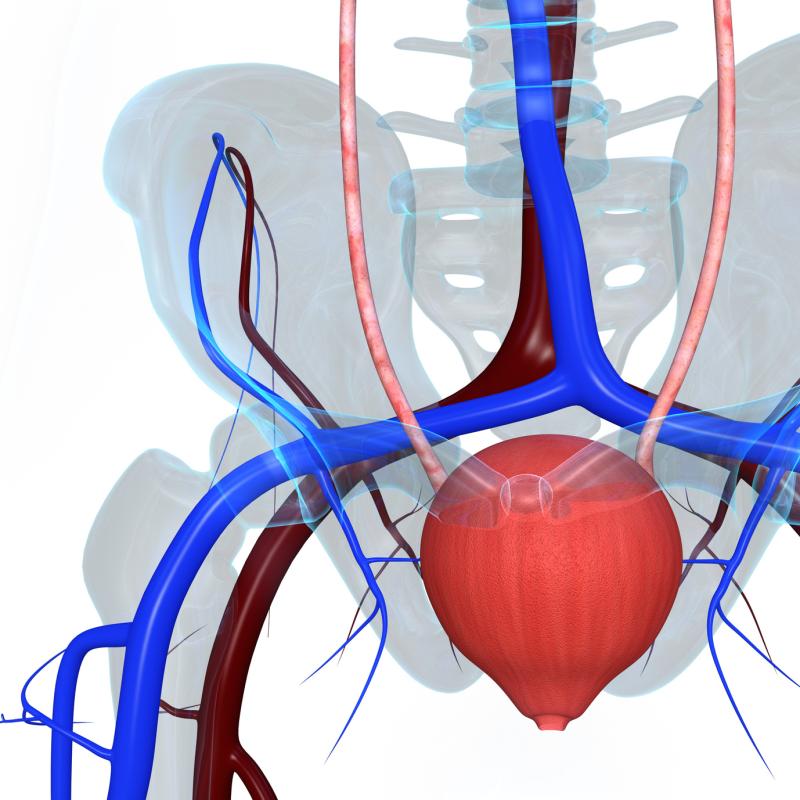
Patients with systemic sclerosis (SSc) appear to have a higher prevalence of lower urinary tract syndrome (LUTS) compared with healthy individuals, with LUTS associated with sarcopaenia, bone damage and calcinosis, suggesting a possible interplay, according to a recent study.
The study included 42 SSc patients and 50 matched healthy controls. Researchers performed statistical analyses to explore LUTS in the two populations and their association with SSc variables, including nailfold videocapillaroscopy patterns, SSc-related antibodies and DXA parameters.
Relative to controls, SSc patients more frequently had higher prevalence and severity of urinary incontinence (UI; p<0.005) and overactive bladder (OAB; p<0.01). Regression analyses revealed SSc to be a strong predictor of LUTS, independent of demographic data, comorbidities and treatments (odds ratio, 5.57, 95 percent confidence interval, 1.64–18.88).
In the SSc group, OAB showed a positive association with sarcopaenia (p<0.001), while both OAB and UI significantly correlated with reduced bone mineral density (p<0.05 and p=0.001, respectively).
Additionally, UI correlated positively with Scl70 antibodies (p<0.05) and ciclosporin treatment (p=0.001) and negatively with RNA polymerase III antibodies (p<0.05). OAB, on the other hand, had a positive association with calcinosis (p<0.005) and negative association with methotrexate treatment (p<0.05).
Results for nailfold videocapillaroscopy showed predominant ‘active’ and ‘late’ patterns among SSc patients presenting urinary symptoms, although no statistical correlation was observed.
The findings suggest that SSc disease acts as a catalytic circumstance, “determining a multifaceted pathogenic phenotype in which several risk factors cooperate to enhance LUTS incidence and severity,” the researchers explained.
More studies are needed to obtain a better understanding of the underlying mechanisms to improve clinical management and provide new insights into SSc disease progression, they added.